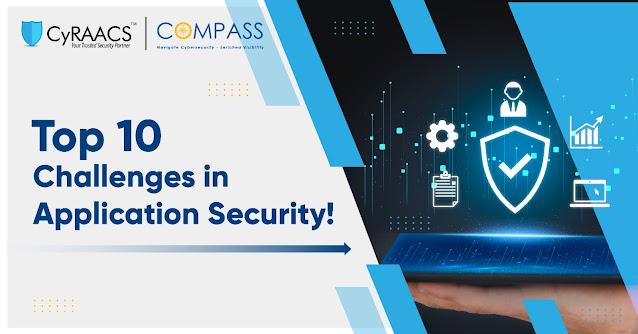Exploring the Top 10 Application Security Testing Tools of 2024-2025

As technology evolves rapidly, so do organizations' security challenges in protecting their applications. The rise in complex cyber threats, the proliferation of digital platforms, and the increasing data value have made application security more crucial than ever. A robust application security testing (AST) strategy is now essential for any business aiming to safeguard sensitive data and maintain trust with its users. As we head into 2024 and 2025, a new generation of application security testing tools is emerging, offering cutting-edge solutions to address these evolving challenges. In this blog, we explore the top 10 application security testing tools of 2024-2025, each designed to help developers, security teams, and businesses identify, mitigate, and prevent vulnerabilities throughout the software development lifecycle (SDLC). 1. Veracode Veracode remains a leader in application security testing, and its powerful cloud-based platform is a favorite among large enterprises. Ver...

